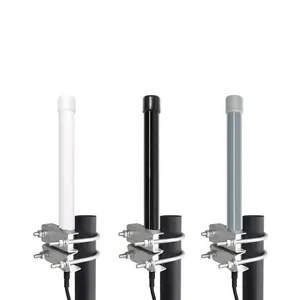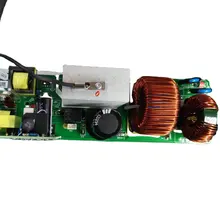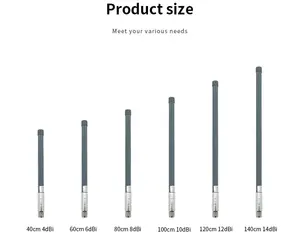Introduction to 868MHz Helical Antennas
The 868MHz helical antenna stands as a pivotal component in the realm of wireless communication, catering to a specific frequency band that is widely utilized for various applications. This category of antennas is designed to operate at the 868MHz frequency, which is a part of the UHF (Ultra High Frequency) spectrum.
Types and Applications
There are several types of 868MHz antennas, each tailored for specific applications. The helical design is particularly known for its compact structure and robust signal transmission capabilities. These antennas are commonly employed in devices that require short to medium-range communication such as home automation systems, remote controls, and telemetry.
Technical Specifications
The technical specifications of a 868MHz RF antenna are crucial for its performance. These include gain, bandwidth, and VSWR (Voltage Standing Wave Ratio), which collectively determine the efficiency and range of the antenna. The helical design ensures a good balance between size and performance, making it a suitable choice for applications where space is a constraint.
Material and Design Features
The construction of a 868MHz helical antenna typically involves high-grade materials such as copper or aluminum, which provide durability and consistent performance. The helical structure is engineered to enhance the antenna's reception and transmission capabilities, ensuring reliable communication in various environments.
Advantages of 868MHz Helical Antennas
The advantages of using a 868MHz antenna include its compact size, which makes it ideal for portable devices. Additionally, the helical design offers a naturally high gain for its size, which can enhance signal strength and quality. The 868MHz frequency itself is advantageous due to its balance of range and penetration capabilities.
Choosing the Right Antenna
Selecting the right 868MHz helical antenna involves considering factors such as the intended application, required range, and physical constraints of the device. It is essential to match the antenna's specifications with the device's requirements to ensure optimal performance.











































 浙公网安备 33010002000092号
浙公网安备 33010002000092号 浙B2-20120091-4
浙B2-20120091-4